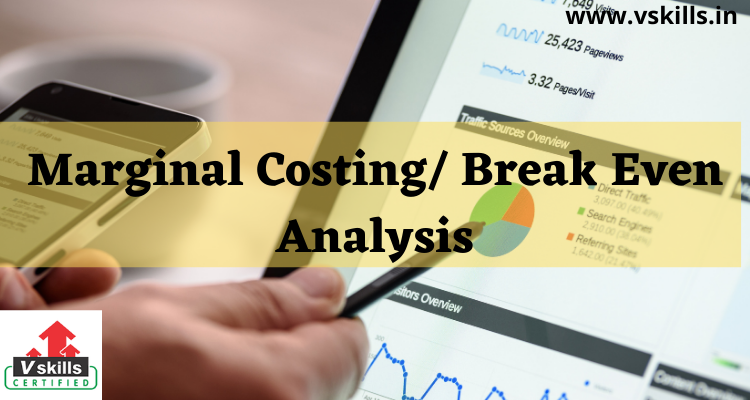Marginal Costing/ Break-Even Analysis
It is important to learn about Marginal Costing/ Break-Even Analysis as it is one of the important factors of business accounting.
Marginal Costing
In economics and finance, marginal cost is the change in the total cost that arises when the quantity produced changes by one unit. That is, it is the cost of producing one more unit of a good. In general terms, marginal cost at each level of production includes any additional costs required to produce the next unit. For example, if producing additional vehicles requires building a new factory, the marginal cost of the extra vehicles includes the cost of the new factory.
It can be expressed in the following manner.
Marginal Cost = Change in cost / Change in quantity
Break-Even Analysis
Break-even point (BEP) is the point at which cost or expenses and revenue are equal: there is no net loss or gain A profit or a loss has not been made, although opportunity costs have been “paid”, and capital has received the risk-adjusted, expected return. In short, all costs that need to be paid are paid by the firm but the profit is equal to 0.
Break-even point is attained when:
Total Sales = Total Cost



